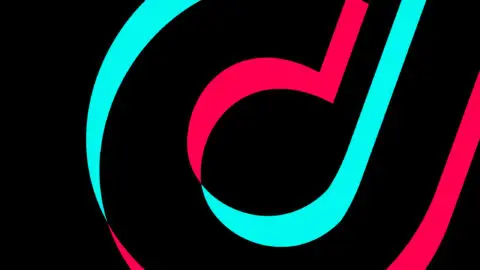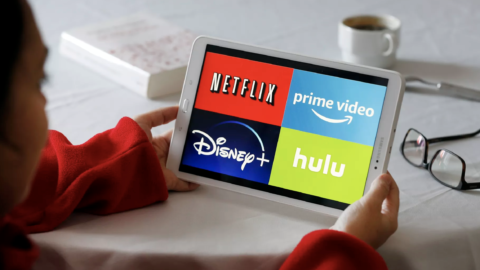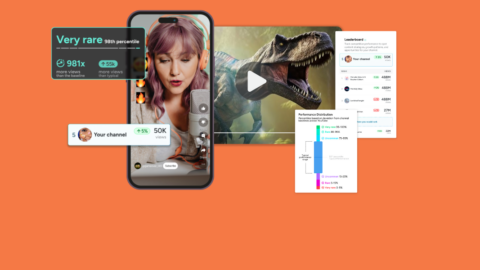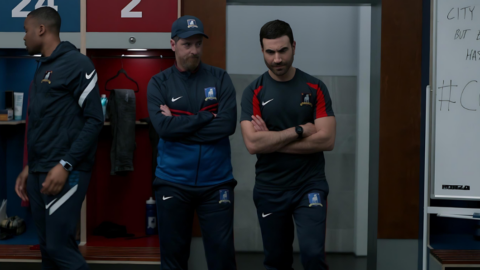Tapping Into Community with Micro Creators
Bigger isn’t always better; brands that work with micro influencers may reach smaller audiences, but those audiences are more engaged. For some brands, working with multiple micro creators may well be a better strategy than engaging fewer macro influencers, or mega influencers.
With BENlabs AI highlighting audience clusters, brands that work with micro influencers de-risk experimenting with new audience segments. About the only thing a micro influencer can’t offer is scale. However with BENlabs AI, reaching scale is as simple as adding new micro influencers to the marketing mix.
What is a Micro Creator?
It all comes down to follower count: Micro creators are defined as having between 10,000 and 100,000 followers. Below 10K followers, creators are considered nano influencers. Above 100K, they’re mid-tier influencers.
The number of brands that work with micro influencers has only been increasing: Nine in 10 marketers planned to engage micro influencers in 2021, up from eight in 10 in 2020. In 2024, micro influencer spend is forecast to reach $2 billion, 3x 2021 spending. So, numbers are getting bigger but the category is a long way from saturation.
Micro creators “tend to be more relatable than creators with larger followings, so people are also more likely to trust and take action based on their recommendations,” said Jasmine Enberg, principal analyst at Insider intelligence.
Brands that work with micro influencers stand out; micro creators are less likely to post branded content regularly, and cutting through the noise is key to reaching audiences that tune out traditional advertising channels.
With highly-engaged audiences, authenticity, and lower cost, small-scale creators can be incredible brand partners. Before initiating partnerships though, brands should understand what to expect, and how to craft a micro-creator strategy that fits brand goals.
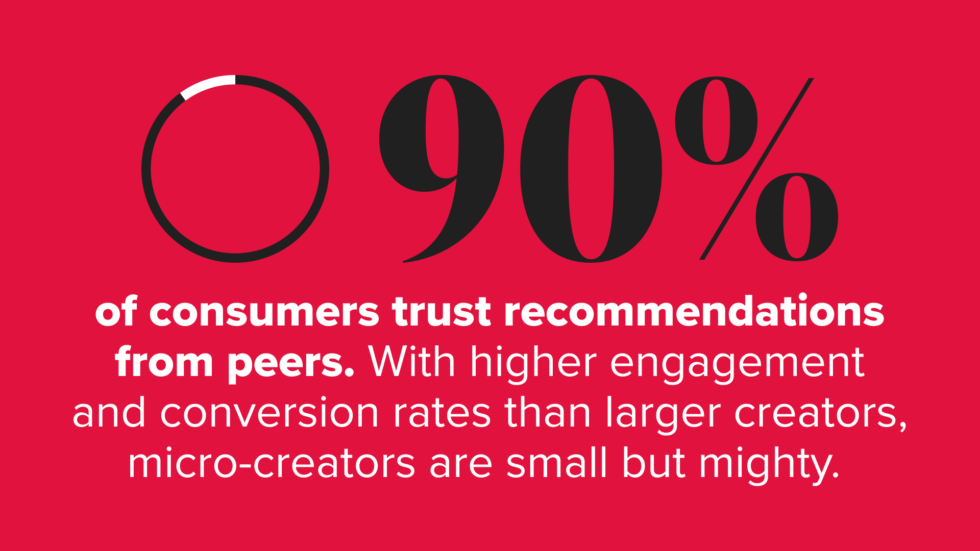
Micro Creators Drive Engagement and Conversion
When it comes to Influencers, they don’t get much more “mega” than the Kardashian sisters. So it goes that when a tea brand wanted to go big with a creator-driven sales campaign, they engaged the Kardashian sisters on the strength of their massive reach. In addition, the brand rounded out the campaign with a few dozen micro creators.
Here’s the thing though, the micro creators outperformed the quintessential mega creators in every campaign metric that mattered — including the key conversion KPI.
That doesn’t mean the money spent to engage the Kardashian sisters was wasted, but it does demonstrate that micro creators are key to a well rounded campaign.
It’s not an anomaly; brands that work with micro influencers see a more than 20% increase in conversion rates.
Why? This advantage in conversions is likely because smaller creators on Instagram boast engagement rates that larger creators can’t match: Their average engagement rate is 38% higher than that of mega-creators (those with more than a million followers). This advantage varies by platform — on TikTok, both groups perform comparably while on YouTube, mega creators win out.
Why do Micro Creators Out Perform?
Micro creators have more than just visibility with an audience, they have a voice. Brands that work with micro influencers get the benefit of a voice that carries weight with the audience.
Celebrities and mega creators have a huge audience. Micro creators have a smaller audience, but that audience is aligned around a common interest. A niche. Micro creators are typically the most influential voice in a niche that an audience is passionate about.
Grace Rose Farm, a cut-flower brand that sells bouquets and plants via online retail, partnered with small-scale creators for a series of collaborations featuring the brand’s flowers. In each post, the flowers are integrated into each creator’s content niche: ‘Traditional’ interior design, pastel personal style and even book collecting. This is a prime example of an effective micro-creator strategy: Thoughtfully picked creators authentically included their products in posts, reaching a diverse range of target niches.
Creators who build small communities around their passions can offer more authentic content than their larger creators. Brands that work with micro influencers would do well to lean in; remain open to hearing the micro creator’s insights and ideas. These micro creators have insider knowledge about their community, and they know how to make authentic content that connects.
Smaller Budgets and Better Connections
Brands that work with micro influencers might choose to do so for budgetary reasons as smaller followings mean lower rates.
That said, brands that work with micro influencers should expect to invest more time in the process. Achieving scale with micro influencers means bringing on multiple creators. Providing creators with a detailed brief outlining specific agreements and expectations for collaboration is always good advice.
BENlabs can help there: grab our template to create the perfect influencer brief.
While larger-scale creators are likely to have an agent, smaller creators prioritize loyalty and individual connection. If brands want to build rapport and trust with a creator and their following, they will need to spend time establishing and maintaining a relationship.
Turn to Micro-Creators for Conversions and Community
A micro creator strategy isn’t the right fit for every brand. For example, when broad awareness is the goal, mega creators and celebs might well be the answer.
That said, brands that work with micro influencers tap into the power of community. That’s important, especially as social media evolves towards community-oriented platforms.
In crafting a strategy, brands should keep in mind smaller creators’ strengths: Their capacity for authenticity, higher audience engagement, and the insights they can offer into the communities you’re trying to reach.
Smart Creator Matching
BENlabs AI-powered Smart Creator Matching uses cluster analysis to surface and stack rank content creators who align with brand values and who have your target audience’s attention.


